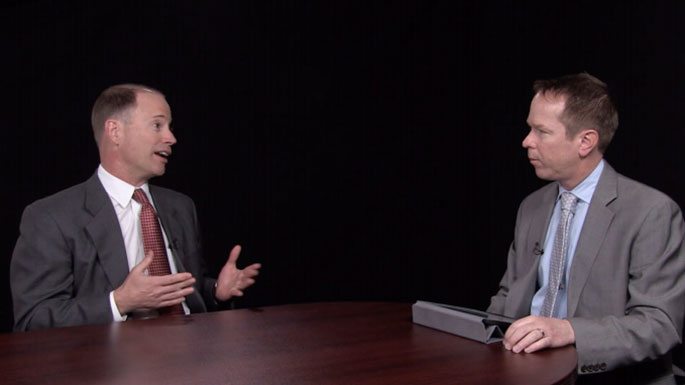The New Era of Co-invest
The private equity world is entering a “new normal,” one characterized by a more complex and flexible flow of investor capital into specific deal opportunities. The result? The best GPs will continue to control the best opportunities, but their control of the capital itself will be less lucrative.

The point of private equity was never about fund management; rather, it’s about the investment of capital into private businesses with an eye toward increasing the value of that capital. The fund, typically a limited partnership, became the dominant format for getting private equity done because it was the format that worked best for the parties involved. Indeed, blind-pool, commingled limited partnerships have many advantages: they clearly delineate who’s in charge of the deals; they grant the GPs guaranteed capital to draw down as opportunities arise; they lock in all capital partners for 10 years or more to allow focus on long-term value creation and let passive investors have experienced private equity deal-doers allocate on their behalf.
But the limited partnership ancien régime is being gradually overthrown by a more complex network of capital providers who have higher expectations and greater sophistication. They form the vanguard of what I’ll call “the new era of co-invest.”
One can sense a new private equity market emerging in which the general partner raises a fund and locks in the participation of a population of capital partners but the fund is somewhat of a “down payment” vehicle. During the investment period, the equity for each deal comes only partly from the fund. The rest is sourced strategically and in an increasingly sophisticated pass-the-hat exercise in which each potential capital provider determines how much “extra” they want of that particular investment.
GPs will typically go first to their own LPs for capital as a reward for investing in the fund. Ideally these LPs, either with in-house co-invest teams or relying on specialist advisers, perform due diligence on each opportunity and give a quick yes or no. In some cases, GPs will set up a “sidecar” vehicle for LPs who can’t possibly vet each deal themselves. The sidecar automatically co-invests in all deals on a low-fee basis. For larger relationships, a GP may operate a separate account in which the GP does the co-invest picking and choosing on behalf of the LP.
Where necessary and strategic, GPs may also look beyond their own LP networks to co-investment specialist vehicles, as well as to investors who are not in the current fund but with whom the GP would like to do business.
Funds and fundraising will always be a huge part of the market, but the role of the fund as a placeholder for future co-invest opportunities is already clearly established among the largest LPs. This has implications not only for the way capital gets formed but for the economic support of GP entities. Fees from funds will serve to support the investment program of GP teams, but the full sum of capital in private equity deals will no longer pay the same fixed “toll” to the GP. As such, GPs will need to rely on fund fees for nothing but lean protein, and use the carry for the champagne.

